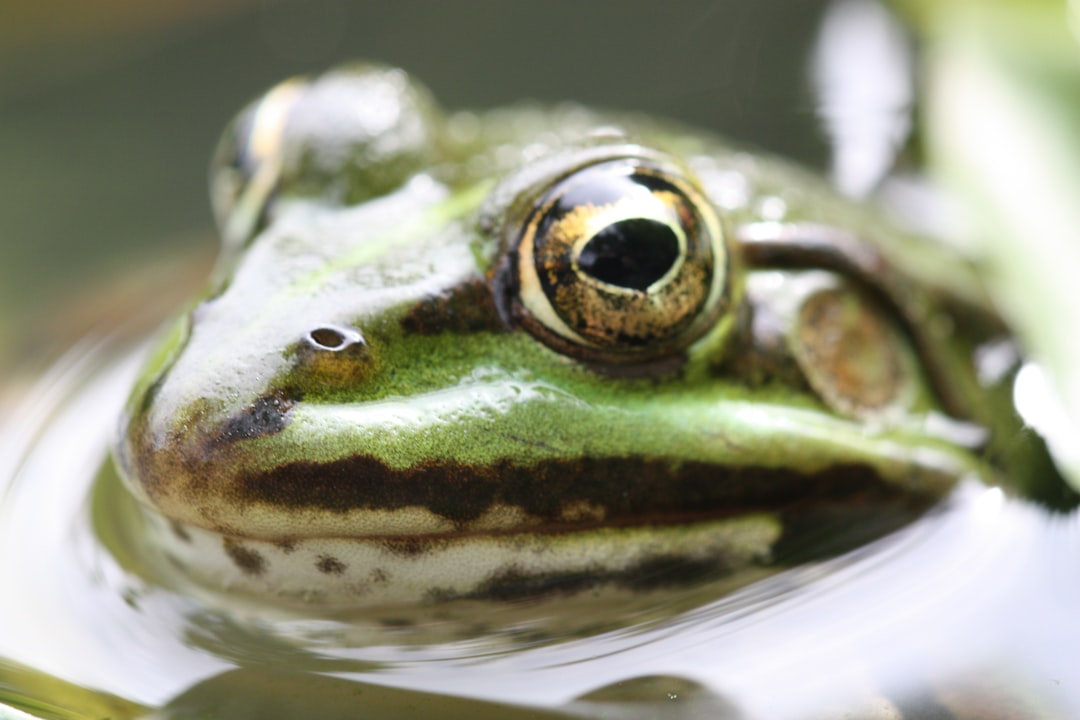What is it about?
Animals that are introduced from another region and then spread are often considered to survive because they have broad niches. Using chemical tracers that indicate diet history (stable isotopes of carbon and nitrogen), we compared the niches of species that have been introduced but spread at different rates and distances. It was discovered that species that spread faster and across greater distances do not always have broader niches in association with diet history, which could be due to the importance of habitat suitability.
Featured Image

Photo by Ben Stern on Unsplash
Why is it important?
We demonstrated the inconsistent outcome of a common hypothesis in niche theory which relates to how species successfully spread and distribute across broad distances. For some aquatic invertebrates, the importance of habitat suitability was emphasised over the ability to consume a broad range of prey over time. This means that species specific methods are required to manage aquatic invertebrates that are introduced and cause harm to ecosystems and economy, which is happening at an alarming rate across the planet. It also promotes the value of maintaining diverse habitats for the conservation of aquatic invertebrates.
Perspectives
This article was published as part of my PhD and, as such, relates to several other publications including my dissertation in which you can find more detailed information. My interest in this research not only associates with invasion biology but also biogeography and general patterns in species spread and distribution.
Dr. Harri Pettitt-Wade
Bedford Institute of Oceanography
Read the Original
This page is a summary of: Inconsistency for the niche breadth invasion success hypothesis in aquatic invertebrates, Limnology and Oceanography, August 2017, Wiley,
DOI: 10.1002/lno.10620.
You can read the full text:
Resources
Contributors
The following have contributed to this page










